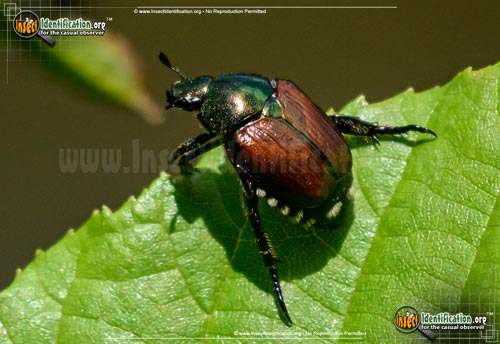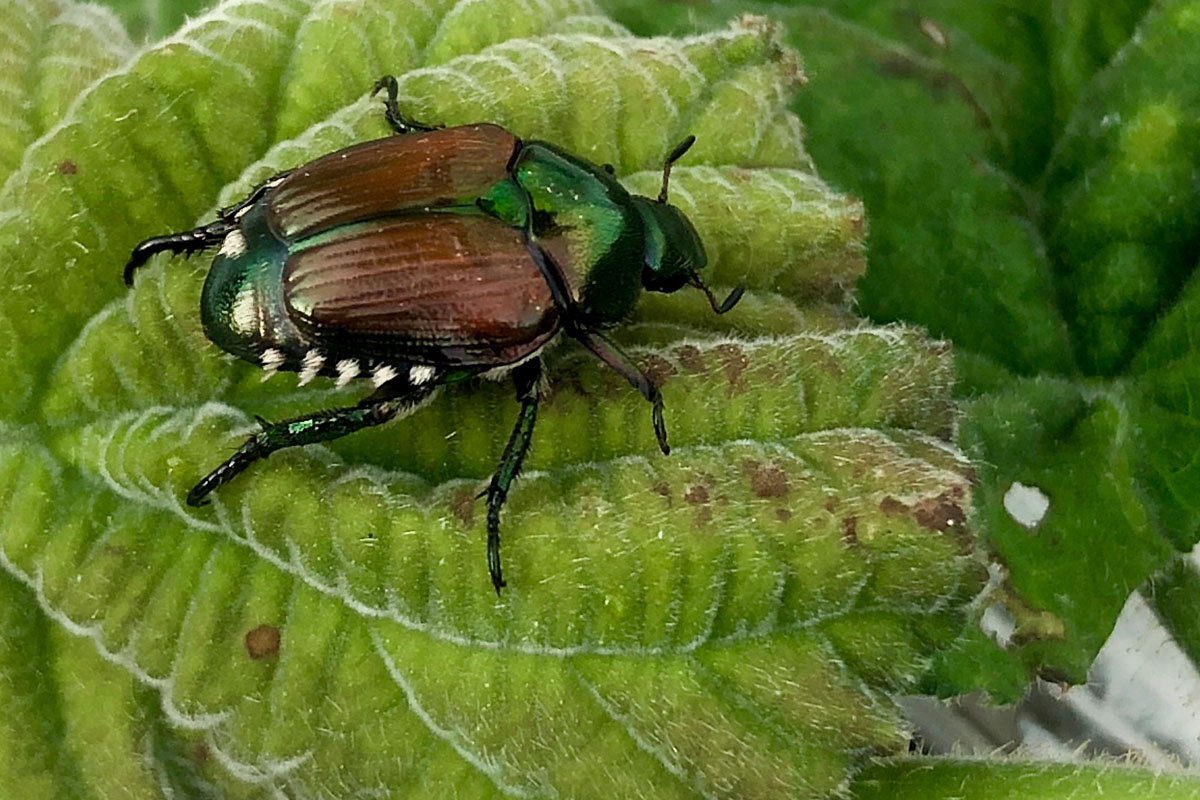japanese beetle life cycle illinois
Native to Japan the Japanese beetle was first introduced into the United States in 1916. After hitching their initial ride on imported ornamental plants in 1916 Japanese beetles decided North America isnt such a bad place to live and have made a presence year after year since.

Japanese Beetle Look Alikes Including A Six Spotted Tiger Beetle Download Scientific Diagram
It appears translucent and its body has brown setae and short spines all over.
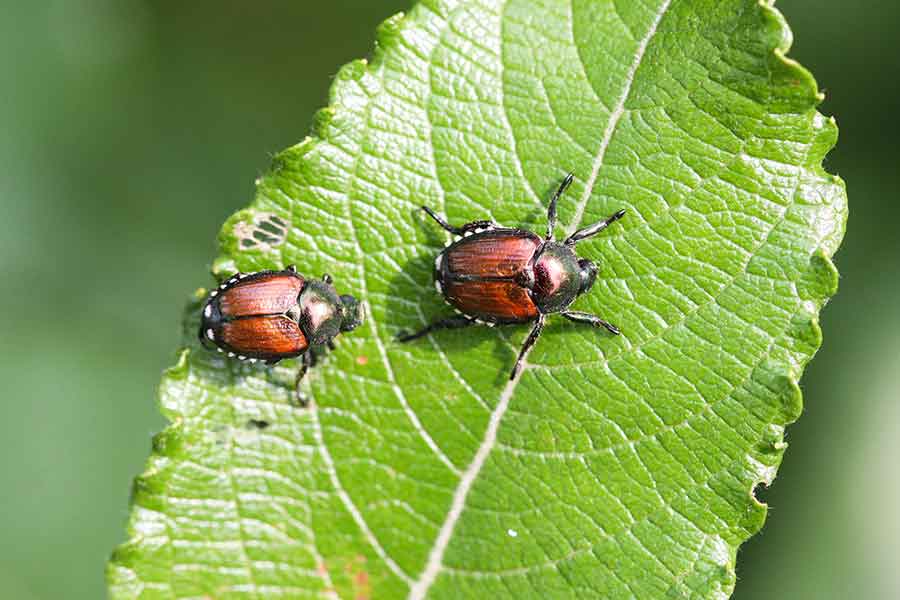
. The original population was detected in New Jersey in 1916 having been introduced from Japan. The adults are about a ½ inch long with copper-colored wing covers shiny metallic green heads and prominent white tufts of hair. As soil temperatures warm in the spring the.
A row of white tufts of hair can be seen protruding on both sides of their abdomen under their elytra. The spore count must build up for 2 to 3 years to be very effective and during this time you should not use an insecticide. The Japanese beetle occurs in all states east ofthe Mississippi River with sporadic infestations reported in California Iowa Missouri and Nebraska.
111 Mumford Hall MC-710 1301 W. Japanese beetles are one of the most destructive ornamental pests we have in Illinois. So to reduce fungal diseases of tomatoes.
Just below the elytra on each side of the abdomen are six tufts of white hair. Occasional introductions are made into more western states such as Nebraska Missouri Kansas Colorado and Arkansas. It is common throughout the state being more numerous in cities.
They were first discovered in the United States in 1916 in New Jersey and have been making their way across the US. These beetles have a bright appearance due to their color combination a metallic green head and thorax and a copper-colored elytra partially covering their abdomen. Japanese beetle grub University of Illinois Japanese beetle adults Japanese beetles have a univoltine life cycle one generation per year.
Both the sexes of the adult beetles have the same markings but the males are usually smaller in size than the females. They are 12 inch long heavy-bodied oval beetles that are metallic green with coppery wing covers. Japanese beetle adults feed on wide range of plants preferring smartweed grape raspberry rose crabapple linden and willow.
Alter any one of those and the disease cant complete its life cycle. The host range of this insect is very large over 300 species of plants. Japanese beetle adults approximately ½ inch in length are metallic green with bronze-colored elytra wing covers.
Biological Control Bacterial Milky Disease milky spore The bacterial milky diseases Bacillus popilliae Dutky has been quite effective at controlling the grubs in certain areas of the eastern United States. The Japanese Beetle Has A One Year Life Cycle Spending About 10 Months As A Grub In The Soil In Late June The First Japanese Beetles Beetle Lawn And Garden Japanese. The grubs feed on the roots of grasses vegetables and ornamental plants.
The Japanese beetle Popillia japonica is generally found east of a line running from Michigan southern Wisconsin and Illinois south to Alabama. It is not very destructive in Japan where it is controlled by natural predators but in North America it is a noted pest of about 300 species of plants including rose bushes. Japanese beetle has a 1-year life cycle.
Japanese beetle adults approximately ½ inch in length are metallic green with bronze-colored elytra wing covers. If only the rains could help with Japanese beetle control wed have much less to complain about. Adult beetles emerge in late June in southern Illinois and early July in central and northern Illinois.
Japanese beetle is a major turf pest in the northeastern United States. Both the sexes of the adult beetles have the same markings but the males are usually smaller in size than the females. Japanese beetle grub University of Illinois Japanese beetle adults Japanese beetles have a univoltine life cycle one generation per year.
Just below the elytra on each side of the abdomen are six tufts of white hair. Japanese beetle life cycle illinois Sunday June 12 2022 Edit Popillia japonica originates from northeastern Asia where it is native in northern Japan and in the far east of Russia Fleming 1972Flemings 1972 report of P. The Japanese beetle Popillia japonica is a species of scarab beetleThe adult measures 15 mm 06 in in length and 10 mm 04 in in width has iridescent copper-colored elytra and a green thorax and head.
The larvae feed on roots of grass and other plants close to the surface of the soil. Within 46 weeks of breaking hibernation the larvae will pupate. They overwinter as third instar larvae in the soil below the frost line.
Native to Japan the Japanese beetle was first introduced into the United States in 1916. The Japanese beetle occurs in all states east of the Mississippi River with sporadic infestations reported in California Iowa Missouri and Nebraska. Today these pests can be a serious nuisance to gardeners and farmers throughout North America feeding on over 300 different species of trees shrubs and non.
Japonica in China and Korea was likely incorrect and probably referred to closely-related species Ping 1988. The host range of this insect is very large over 300 species of plants.

Life Cycle Of The Japanese Beetle Including A Eggs David Cappaert Download Scientific Diagram
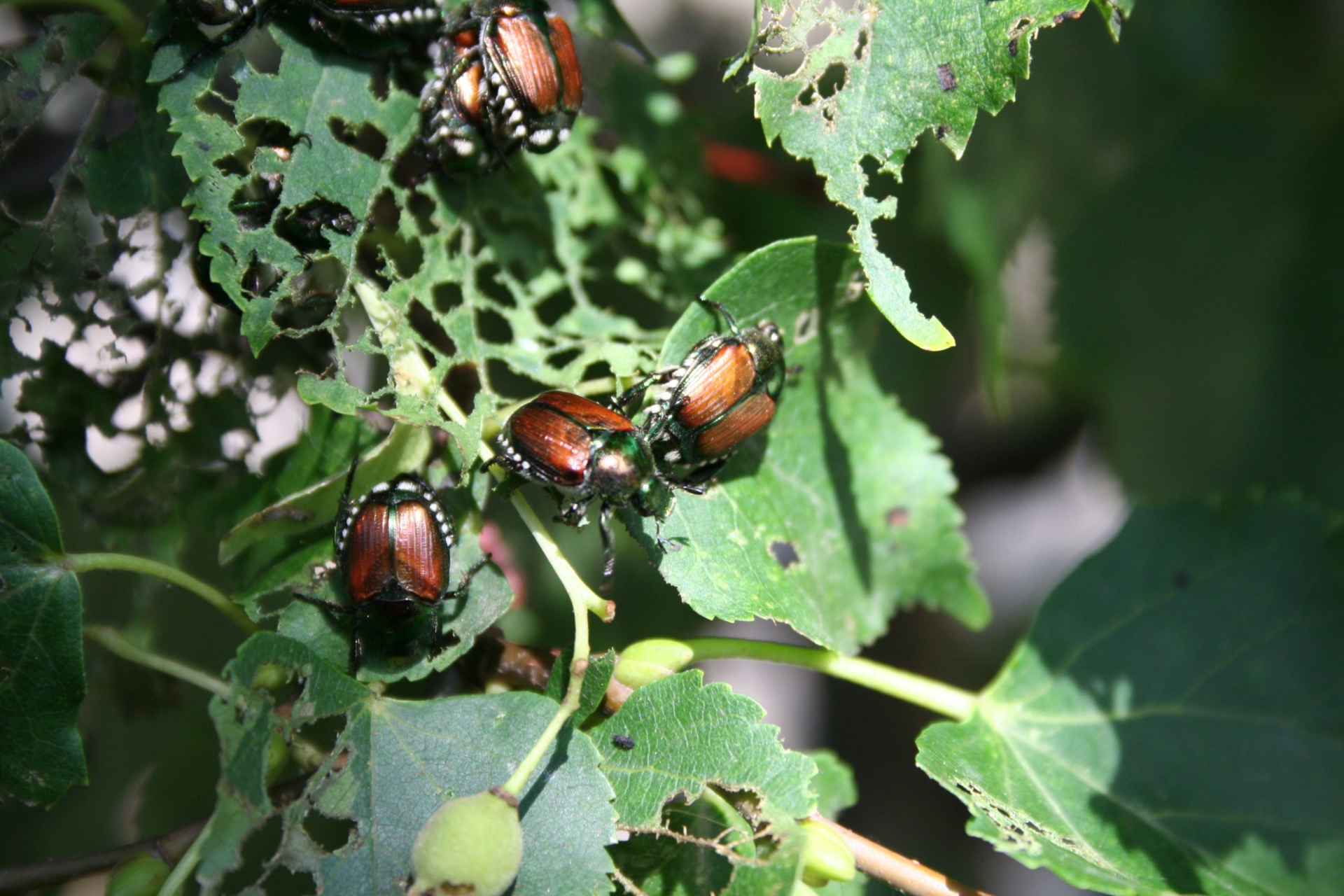
Japanese Beetles The Morton Arboretum
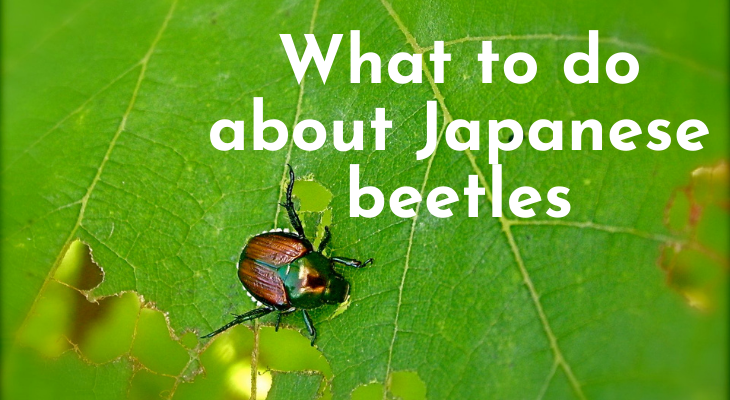
What To Do About Japanese Beetles University Of Illinois Extension
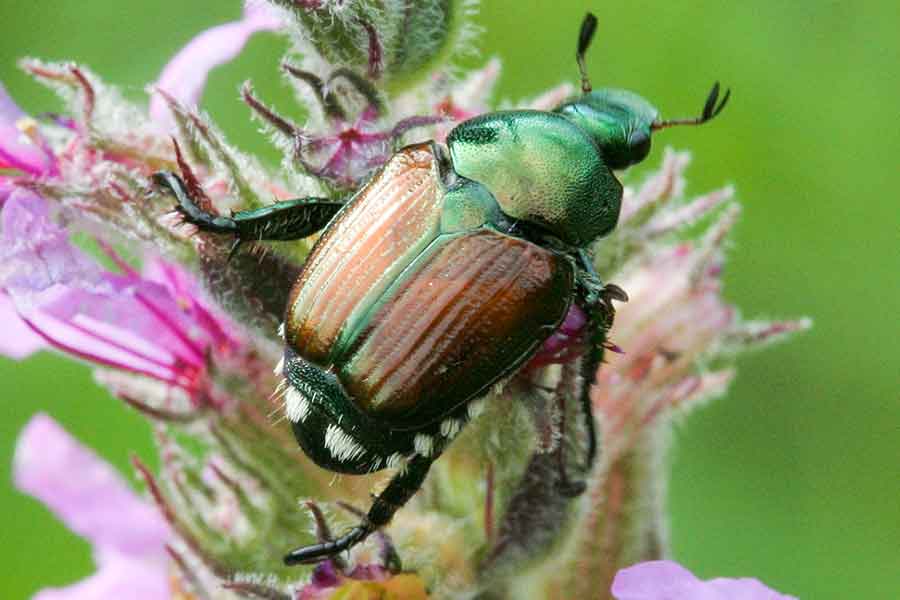
Japanese Beetle The Arbor Day Foundation
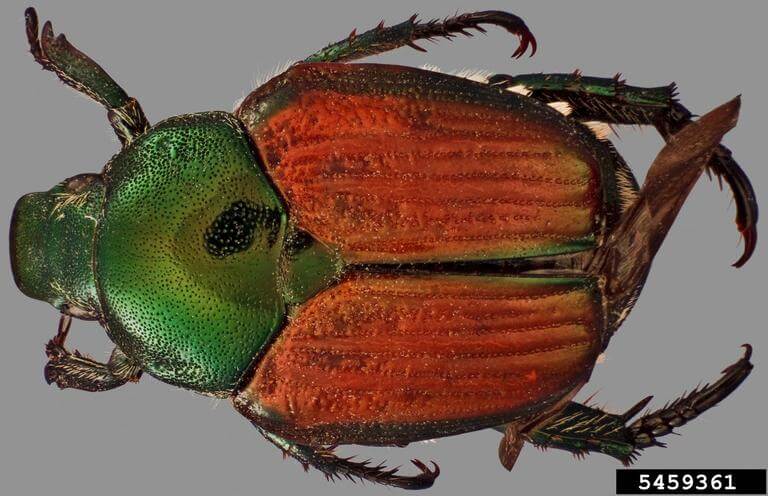
Japanese Beetle Soybean Pest Soybean Research Information Network Srin

Japanese Beetle The Arbor Day Foundation
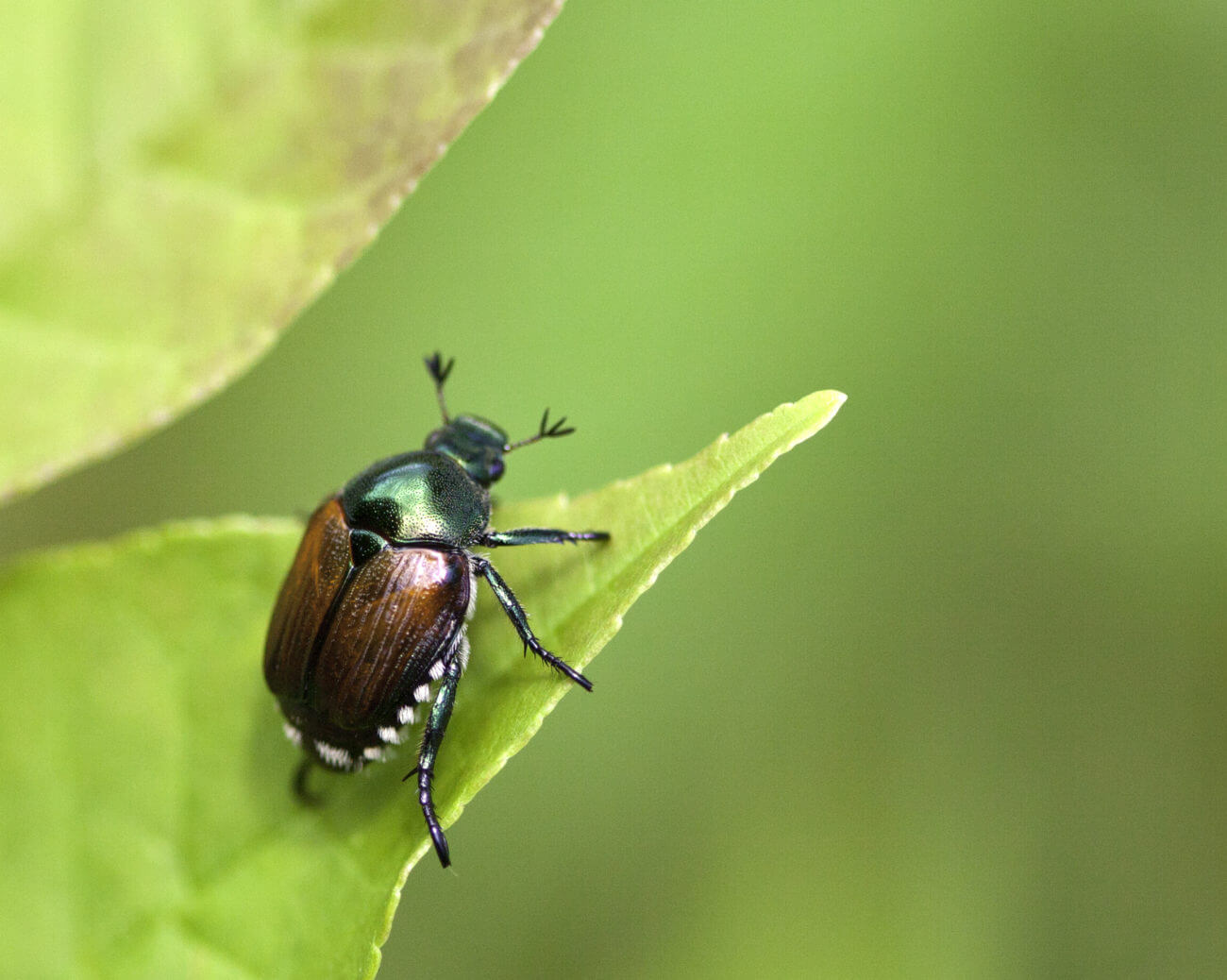
Japanese Beetle Soybean Pest Soybean Research Information Network Srin

Information On Plants That Deter Japanese Beetles And Plants Japanese Beetles Avoid

Japanese Beetle Control The Good Earth Garden Center

Japanese Beetles Stop Them In Their Tracks Simplify Gardening

Minimize Japanese Beetle Damage
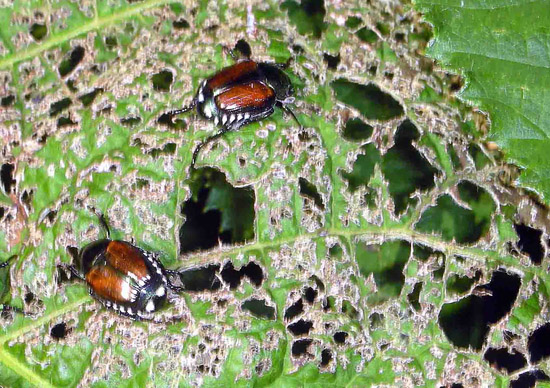
Home Yard Garden Newsletter At The University Of Illinois
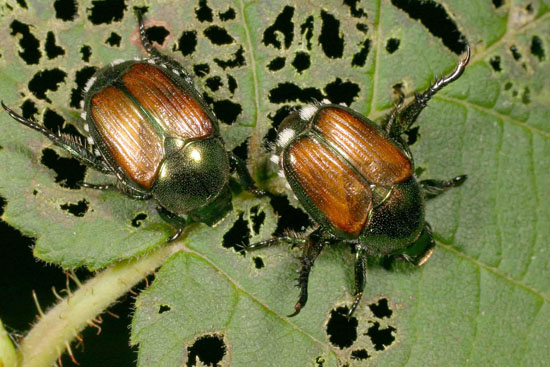
Home Yard Garden Newsletter At The University Of Illinois
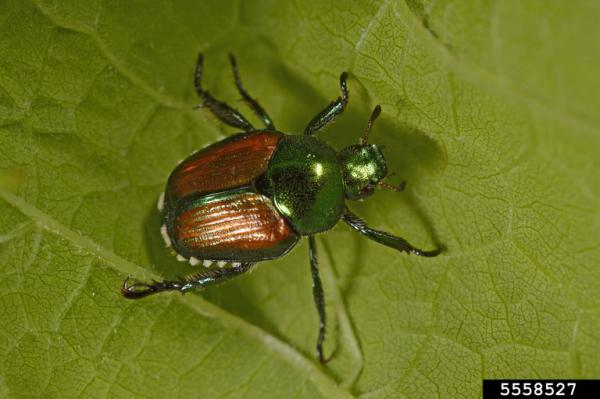
Japanese Beetle National Invasive Species Information Center
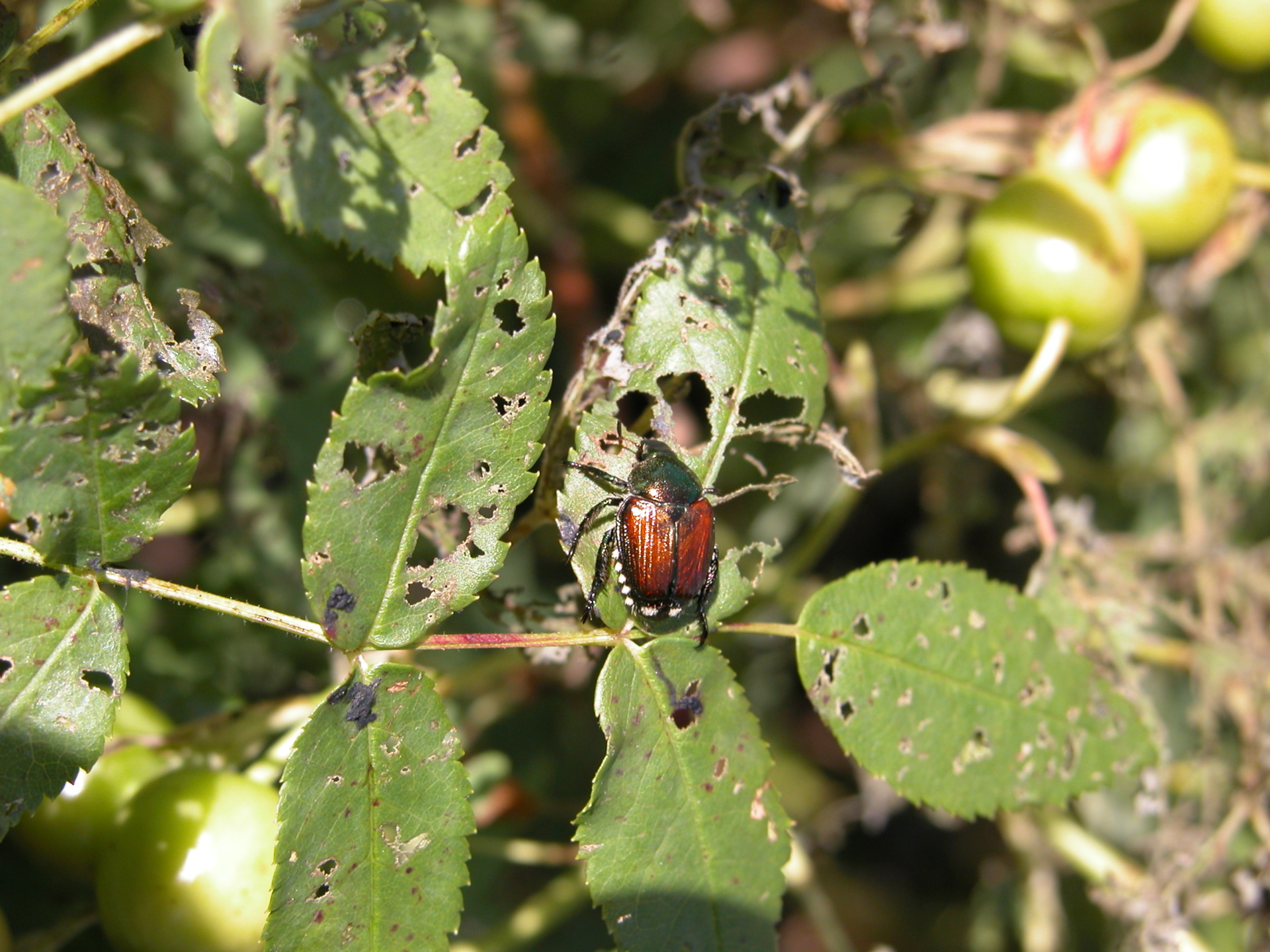
Japanese Beetles The Morton Arboretum

Japanese Beetle Pests Soybean Integrated Pest Management Ipm Field Crops Purdue University
